Have you ever gazed at a towering monument and wondered “what secrets these stones could hold?” From the enigmatic faces of Mount Rushmore to the iconic lean of the Leaning Tower of Pisa, these monuments have become instantly recognizable symbols. Yet behind the bustling crowds and selfie sticks lie fascinating untold stories. Join us on a captivating exploration that delves into the 10 unique and untold stories behind famous monuments. We’ll uncover surprising secrets, overlooked struggles, and remarkable victories that shaped these historical giants. Prepare to see these monuments in a new light, appreciating the rich tapestry of human stories woven into their essence.
1. The Leaning Tower of Pisa (Italy): An Unintentional Wonder
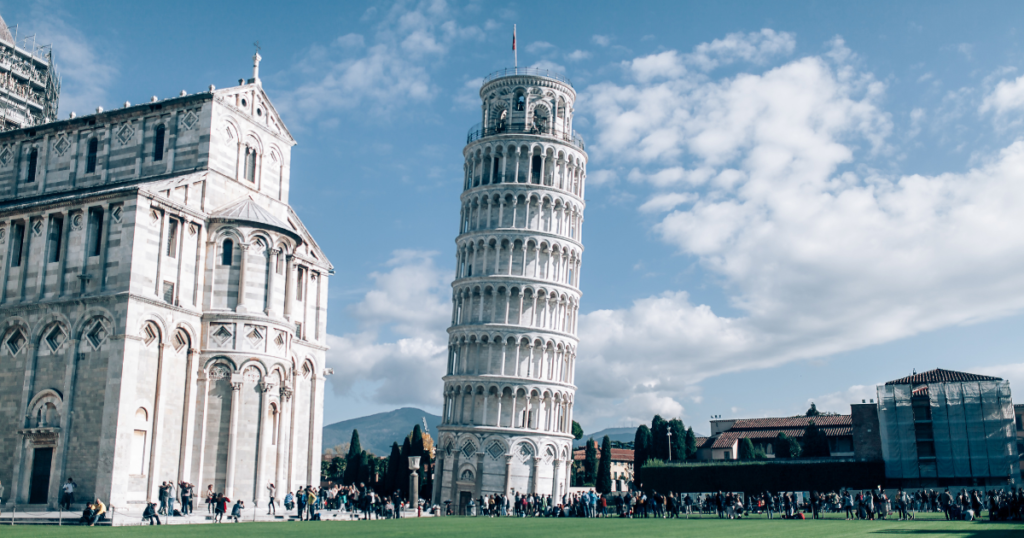
The Leaning Tower of Pisa, an architectural wonder, stands as a proud symbol of Italy, drawing tourists eager to capture the illusion of holding it upright. However, its distinctive tilt wasn’t intentional. Construction began in 1173, but the tower’s foundation encountered unexpectedly soft ground, leading to the lean. Despite various efforts to rectify the tilt, including adding extra floors on one side, the lean persisted. Today, engineers are constantly monitoring the tower to ensure this unintended marvel stays standing for future generations to enjoy.
2. The Parthenon (Greece): A Temple Robbed of Its Glory
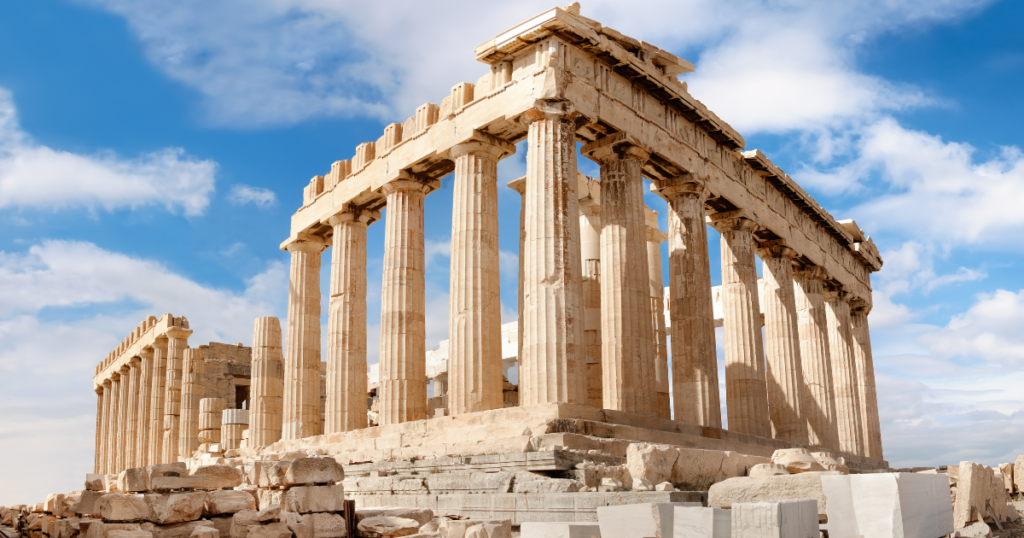
Sitting proudly on the Acropolis, the Parthenon is an architectural marvel dedicated to the goddess Athena. However, its history is tainted by the acts of looting. Throughout Ottoman rule, numerous sculptures and friezes were taken, and many ended up in European museums like the British Museum. The ongoing debate about the Parthenon Marbles – the sculptures currently on display elsewhere – underscores the intricate interplay between cultural heritage and ownership.
3. The Great Wall of China: A Wall with Many Walls

The Great Wall symbolizes national pride, stretching like a dragon across the Chinese landscape. But did you know it’s not one continuous wall but a series of fortifications built over centuries by different dynasties? Each section embodies the architectural trends and military needs of its time. Picture wandering along a wall that echoes tales of different eras, a testament to China’s enduring spirit.
4. The Statue of Liberty (USA): A Symbol with Unexpected Roots

Lady Liberty, an iconic symbol of freedom for immigrants arriving in New York Harbor, shares a surprising connection to France. At first, the statue has a shiny copper-brown color. The copper covering was a gift from the French people, representing their struggle for liberty during their revolution. However, her copper exterior has turned into a pretty green shade over time due to a natural process called patination. Even though the green hue was initially considered unattractive, it eventually became a symbol of the statue’s enduring spirit.
5. The Great Sphinx of Giza (Egypt): A Mystery in the Sand
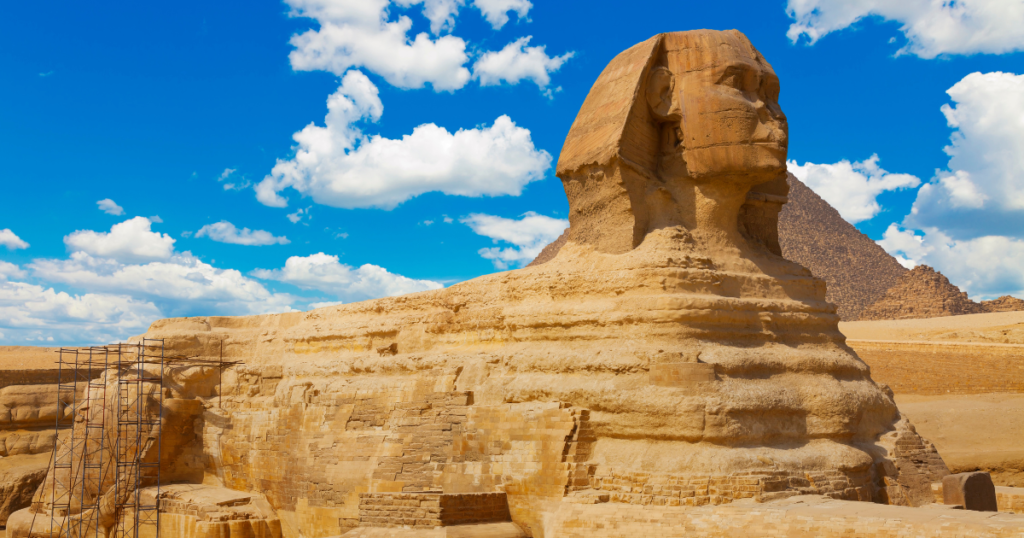
The Great Sphinx of Giza, a mysterious monument featuring a lion’s body and a human head, has fascinated people for thousands of years. While its true purpose remains a mystery, recent theories suggest it might have been constructed to protect the nearby pyramids or depict the pharaoh Khafre, its presumed builder. The weathered face of the Sphinx seems to carry a quiet wisdom about the secrets of ancient Egypt.
6. The Colosseum (Italy): Beyond Gladiatorial Games
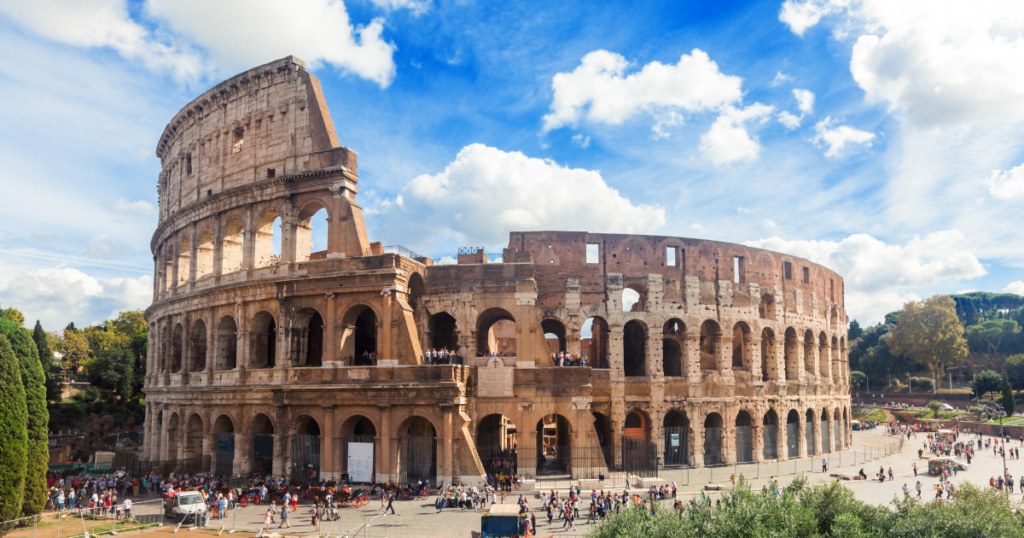
The Colosseum conjures images of gladiators fighting and cheering crowds. But this amphitheater was a multi-purpose entertainment venue. It hosted mock sea battles where the arena was flooded, showcasing Roman engineering prowess. Inside its walls, there were also animal hunts, plays, and even executions, revealing the varied and sometimes harsh entertainments Romans enjoyed.
7. The Taj Mahal (India): A Symbol of Love with a Hidden Message
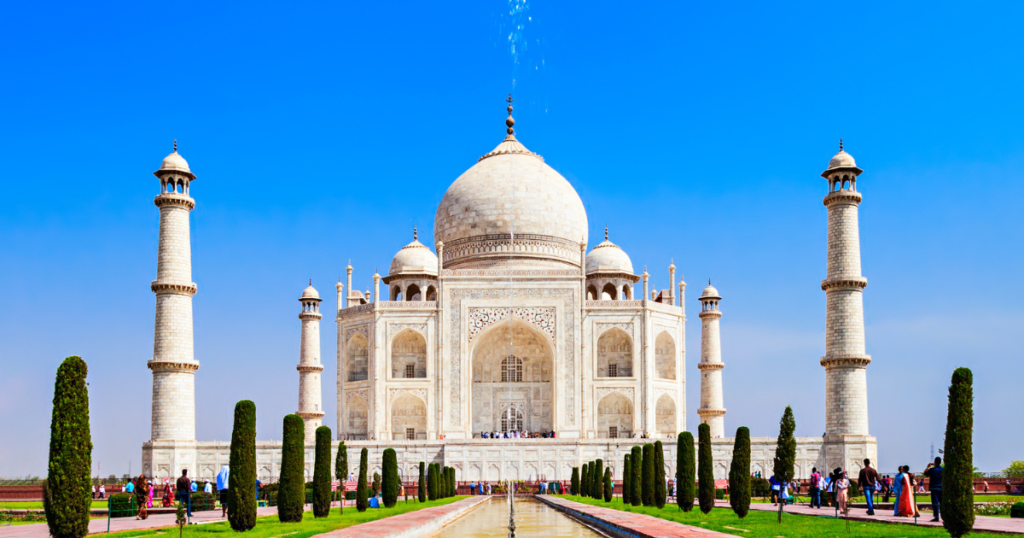
The Taj Mahal, a stunning white marble masterpiece, is a universal symbol of love. Emperor Shah Jahan built it in memory of his third wife, Mumtaz Mahal. However, its beauty goes beyond aesthetics. The detailed floral designs inlaid on the marble are believed to carry hidden messages about the empress and the afterlife. Picture unraveling a love note carved in stone, a tribute to a love story that transcends time.
Explore more captivating articles to feed your curiosity.
8. Stonehenge (England): A Heavenly Calendar or More?
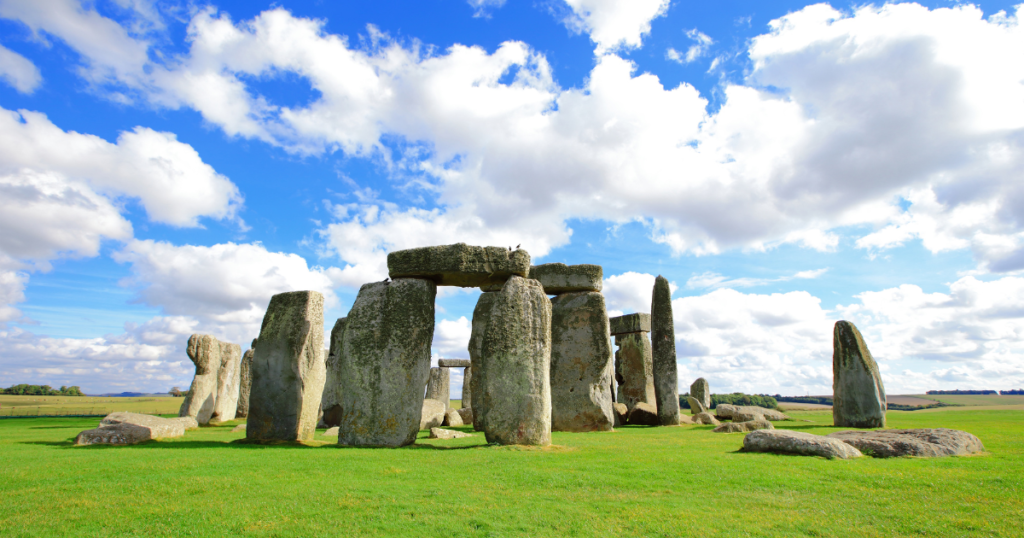
The mysterious stone circle of Stonehenge, located on England’s Salisbury Plain, has puzzled archaeologists for centuries. While the prevailing theory suggests it functioned as an advanced astronomical calendar, others believe it held a more mystical purpose. Some say it was a sacred place for rituals or a gateway to another world – but the truth remains unknown, lost in history’s haze.
9. The Hanging Gardens of Babylon (Iraq): A Mythical Marvel
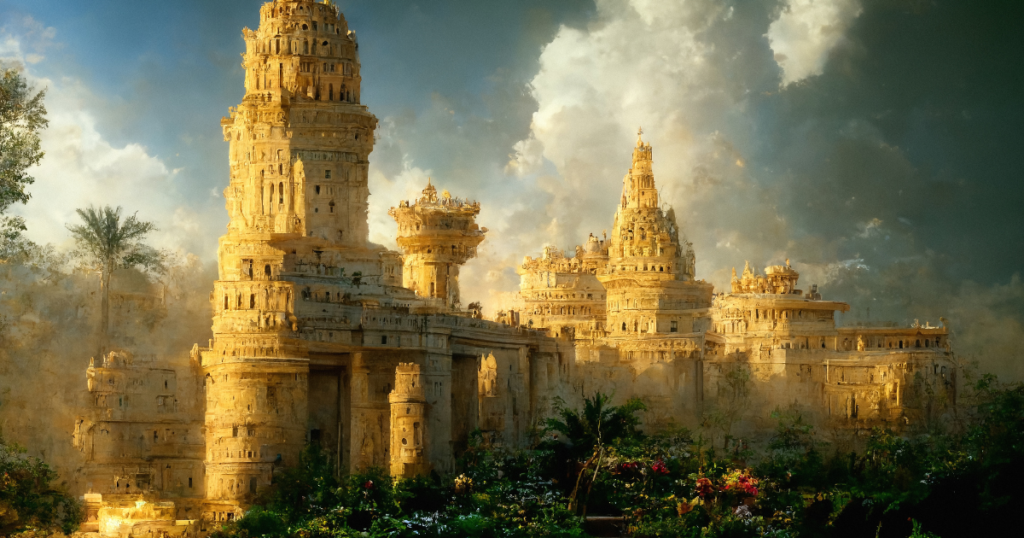
The Hanging Gardens of Babylon, one of the Seven Wonders of the Ancient World, have captured the imaginations for centuries. Yet, their existence remains shrouded in mystery. With little archeological evidence, some think they were just a story. But whether they were real or not, the Gardens serve as a testament to the enduring power of human creativity and the allure of lost civilizations.
10. The Palace of Versailles (France): A Playground Built on Debt
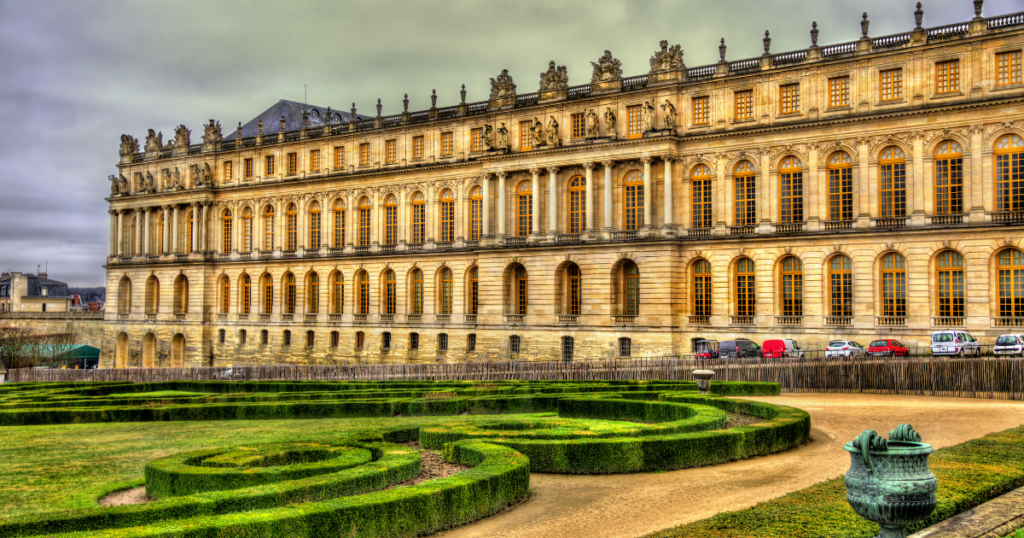
Versailles, synonymous with French opulence, was the royal residence with vast gardens and grand halls during Louis XIV’s rule. However, this extravagance came at a heavy cost. The palace’s construction bankrupted the French treasury, fueling discontent and leading to the French Revolution. Versailles serves as a cautionary tale, a reminder of the dangers of excessive wealth and its impact on the country’s stability.
Closing
These are just a handful of the many famous monuments with hidden stories waiting to be discovered. So, the next time you visit a monument, take a moment to ponder the secrets it might hold. The past whispers can add a whole new layer of appreciation to these iconic structures.


